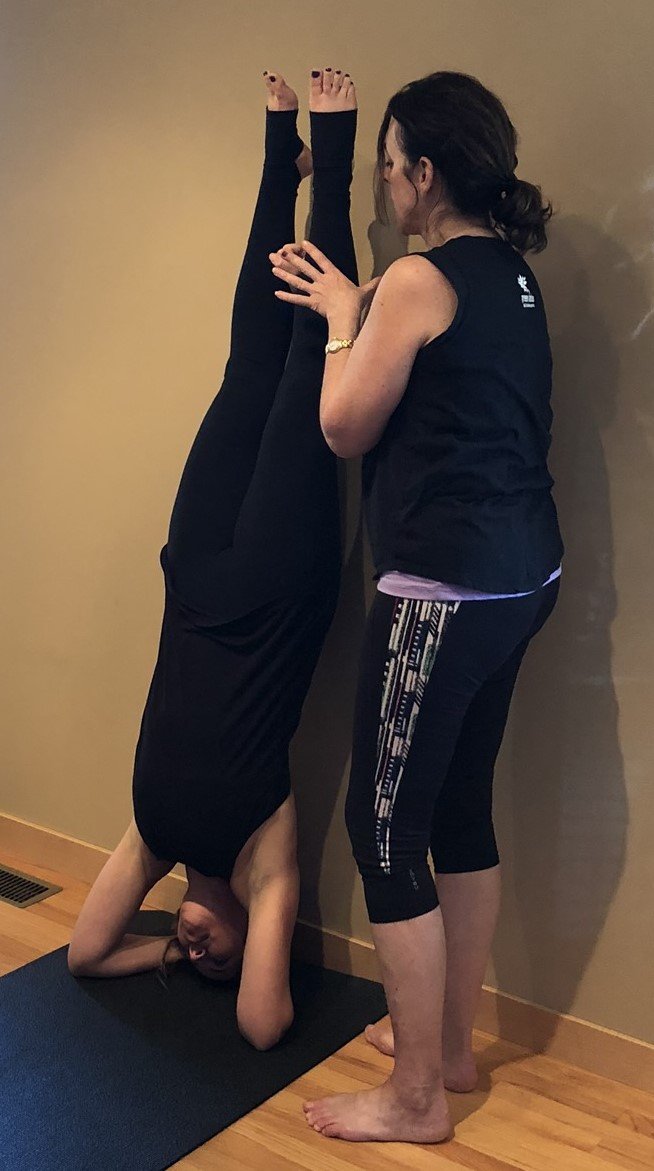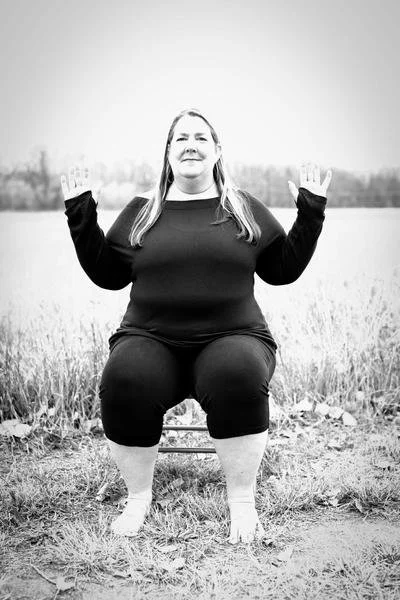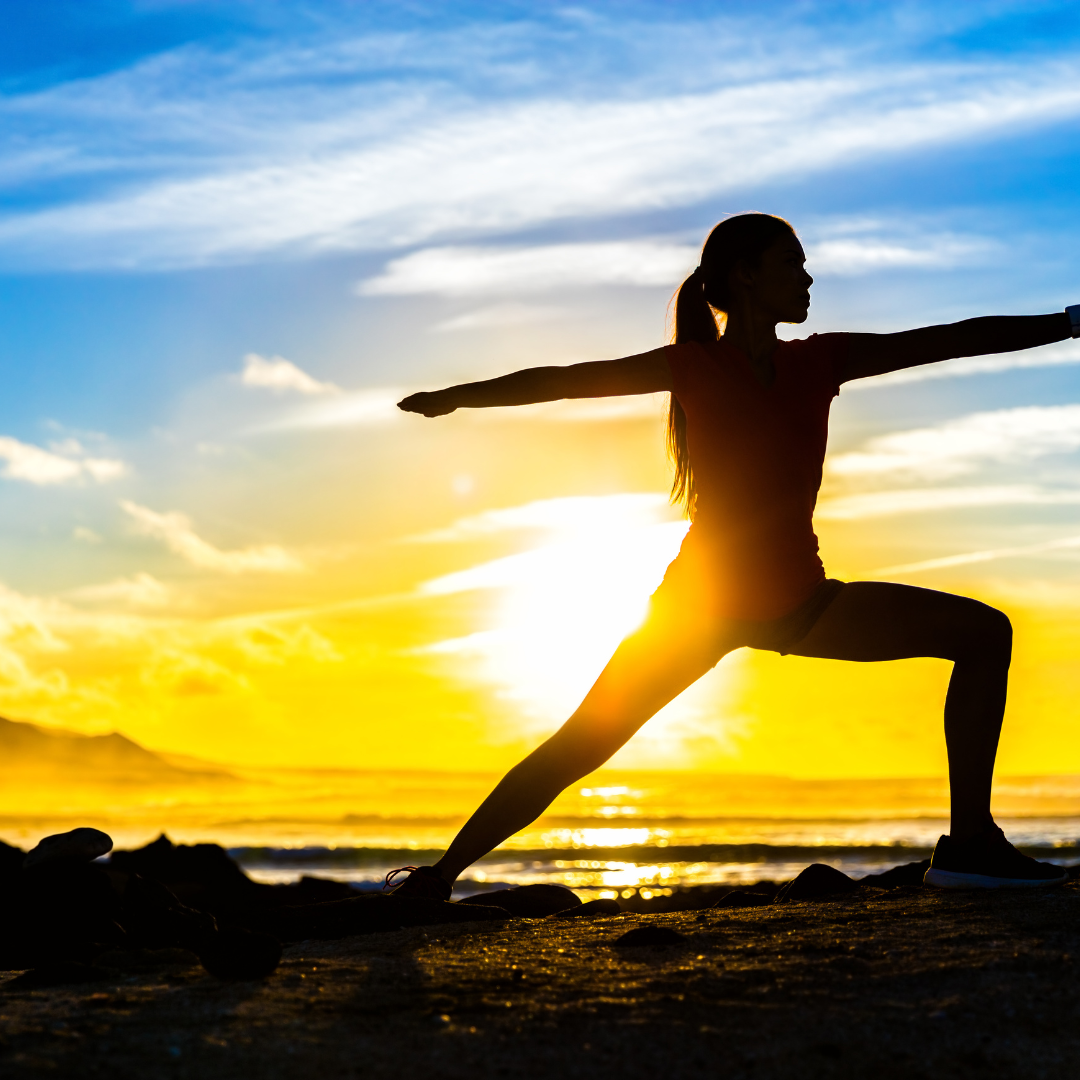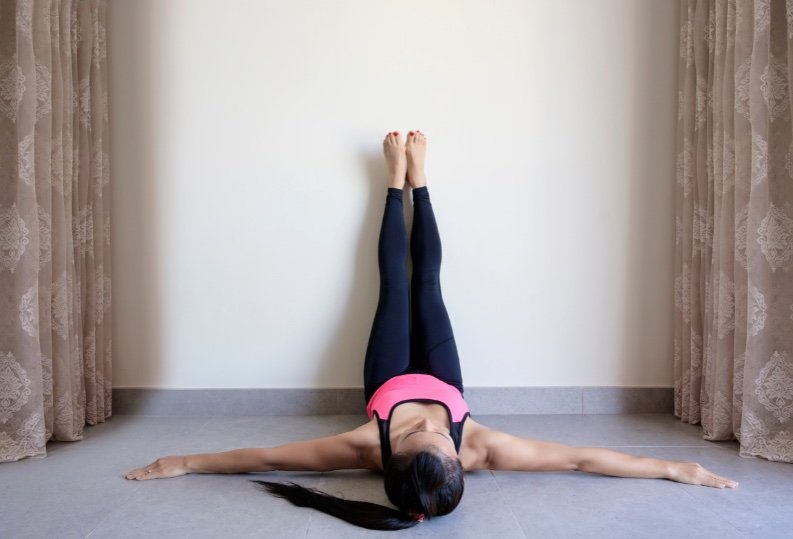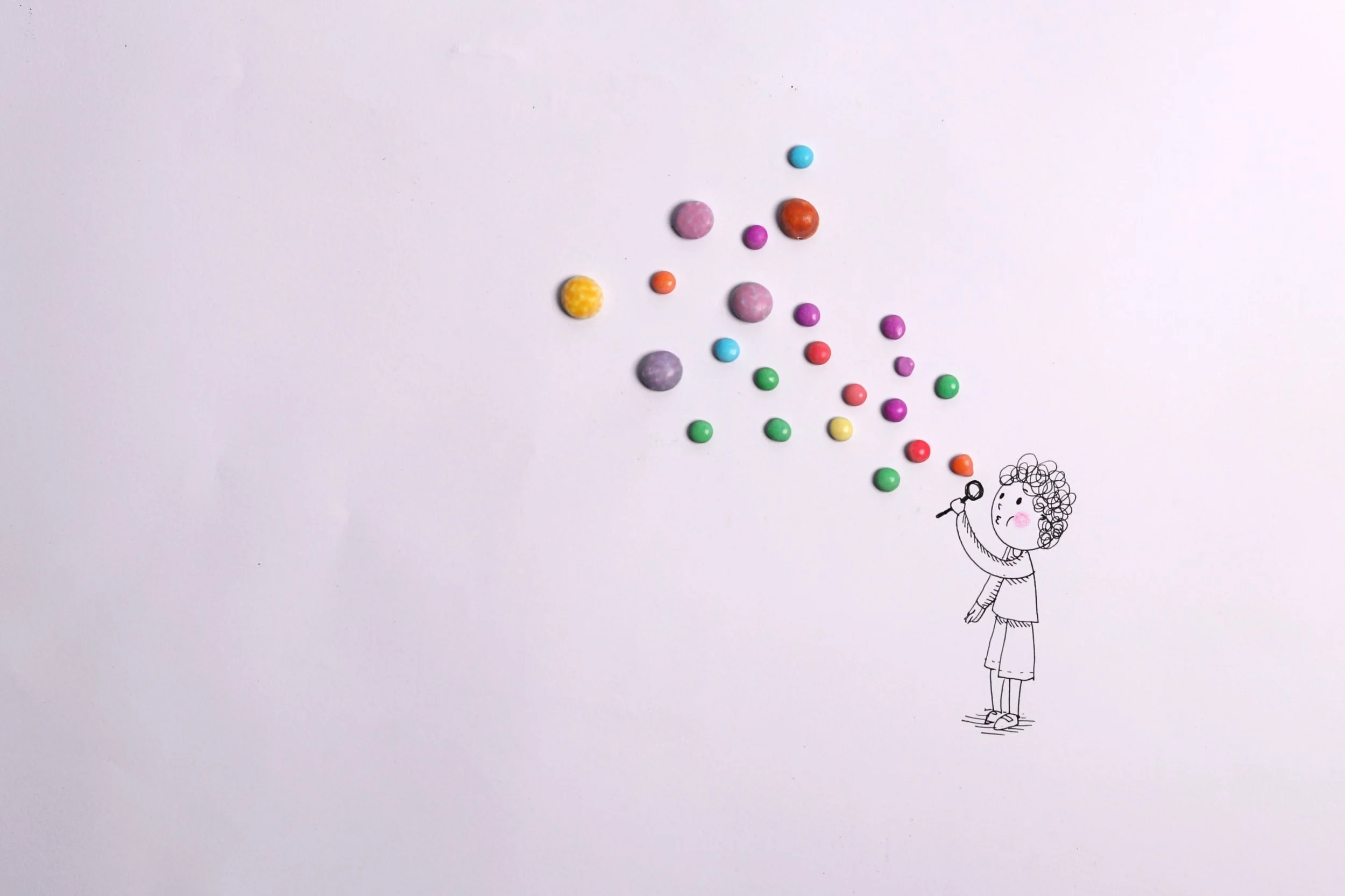To Touch or Not to Touch – That Is the Question
/By Merry Beth Freienmuth — Last Updated: January 14, 2025
In our post-pandemic world, we have grown used to not being touched. Friends hug less, acquaintances and strangers are less likely to shake hands, and yoga teachers have significantly reduced their hands-on guidance for their students. Is it time to bring back the option of touch, with student consent, in a yoga class?
Our goal as yoga teachers is to help guide students through their personal practice in a safe and encouraging way. This means offering individual adjustments or assistance by using specific language, by demonstrating with our own bodies, and, in some cases, by asking permission to touch a student to help them with alignment. Physical touch is a direct and intimate form of communicating with students, and intelligent and thoughtful hands-on assists can transform students’ yoga practices. Inappropriate or unthought-out adjustments can, however, cause confusion and pull students out of their practice – this is why Green Lotus requires additional training before our teachers are qualified to offer adjustments.
At Green Lotus, our philosophy is to meet students “where they are” on their mat. We are not trying to push students to do “the full expression” of a particular pose or to look a certain way. When we know that a student is seeking to advance their practice or feel the pose more deeply or craves some gentle touch during savasana, teachers want to be able to assist them. Green Lotus teachers who have received advanced training in assisting and adjusting students will be offering consent cards in their classes. Students will be able to communicate their preferences by simply tucking the card at the top of their mat with either “yes, please” or “no, thank you” to let the teacher know whether they are open to an assist that may include the teacher’s touch.
Not all assists are to fix or realign a pose – some of my favorites are what I call “feel good” adjustments. A blanket on the hips with gentle guidance to lengthen the spine in child’s pose or gentle shoulder pressure in savasana. Ultimately, it is the student’s decision to receive a hands-on adjustment – if there is trust between the student and teacher, it can be an amazing experience.
New to hands-on adjustments? Explore the benefits of this experience below.
The use of hands-on adjustments in yoga when done with care, consent, and mindfulness can offer numerous benefits for students. Here are some of the key advantages:
1. Enhanced Alignment and Posture
One of the primary benefits of hands-on adjustments is helping students achieve better alignment in their poses. The alignment of the body plays a crucial role in the effectiveness and safety of yoga practice. A teacher's hands-on guidance can provide tactile feedback that helps a student understand the optimal positioning of their body. Whether it’s adjusting the angle of the hips in Warrior I or aligning the spine in Downward Dog, physical adjustments can help students experience the proper form more directly, improving both their practice and reducing the risk of injury.
In more advanced poses, alignment can be difficult to perceive without guidance, and hands-on adjustments offer real-time feedback that can be more immediate and clearer than verbal cues alone.
2. Deepening the Experience of a Pose
Hands-on adjustments can also deepen a student’s experience of a pose, taking them further into their range of motion. Sometimes, a student may be hesitant to push themselves deeper into a stretch due to fear of discomfort or uncertainty about the limits of their flexibility. A skilled instructor, through gentle, thoughtful adjustments, can help a student safely go deeper into a posture, expanding their flexibility and strength. This can lead to a more profound and enriching practice.
For example, in poses like forward bends or hip openers, a teacher might use hands-on adjustments to guide the student into a deeper stretch, offering them the opportunity to feel the full benefits of the asana.
3. Promoting Body Awareness
Hands-on adjustments not only help with alignment but also foster greater body awareness. When a teacher physically assists a student, it encourages the student to tune into the sensations and positioning of their body. It prompts a deeper connection to the body’s movements, helping practitioners become more aware of where they may be holding tension, or where they might be out of alignment. This increased awareness can translate into improved self-correction and a heightened sense of mindfulness both on and off the mat.
For example, a teacher may guide a student’s shoulder back and down, prompting them to notice how this adjustment affects their posture and balance. Over time, students will be more able to apply this knowledge independently in their practice.
4. Encouraging Relaxation and Release
A well-executed hands-on adjustment can promote relaxation, particularly when the instructor works to release areas of tightness or tension in the body. In poses where muscles tend to hold onto stress, like in the hips or lower back, a gentle touch can encourage the body to release excess tension, leading to deeper relaxation. This is particularly true in Restorative or Yin yoga practices, where passive stretching and relaxation are central.
Hands-on adjustments can facilitate the relaxation response, allowing the student to feel a greater sense of calm and ease in the pose, as well as in their overall practice. This can be especially beneficial for those who struggle with stress, anxiety, or tightness in their bodies.
5. Creating a Deeper Teacher-Student Connection
A hands-on adjustment is a way for the instructor to engage more personally with the student, fostering a deeper teacher–student connection. It conveys attentiveness, care, and a personalized approach to the student’s practice. When the teacher’s touch is rooted in presence and mindfulness, it can help the student feel seen and supported, building trust and rapport in the class. This can be especially valuable in group classes where it may be difficult for the instructor to give one-on-one attention to each student.
Moreover, receiving an adjustment from a knowledgeable and supportive teacher can help students feel more grounded and safer, allowing them to let go of any apprehensions and more fully immerse themselves in their practice.
6. Guiding Emotional Release
Yoga is not only a physical practice but also an emotional one. For some students, certain poses may stir up suppressed or unexpressed emotions. Hands-on adjustments can support students in their emotional journey by providing reassurance, comfort, and space to release pent-up emotions. A gentle touch may help the student feel more safety in letting go of emotional blocks, allowing for a deeper therapeutic effect during the practice.
For example, hip openers are often associated with emotional release, and a skilled instructor's hands-on support in these poses can provide a safe space for the student to process and release emotional tension.
7. Personalized Feedback
Each body is different, and one of the challenges of a group yoga class is that the instructor may not be able to provide individual feedback to each student. Hands-on adjustments offer personalized attention that can be difficult to replicate in verbal cues alone. Teachers can assess the unique needs of each student and tailor their physical adjustments accordingly, making the practice more inclusive and beneficial for people of all body types and abilities.
8. Boosting Confidence
Receiving a well-timed and thoughtful hands-on adjustment can boost a student's confidence in their practice. It reassures them that they are on the right path and that their teacher is invested in their progress. This kind of affirmation can help students feel more competent and self-assured, particularly when they are trying new poses or working through challenges in their practice.
Hands-on adjustments in yoga, when approached with care and consent, is a transformative tool for both students and teachers. They provide an opportunity to deepen practice, enhance alignment, and increase connection and trust. However, the choice to receive physical adjustments should always rest with the student. Green Lotus's use of consent cards and advanced training for teachers allows the opportunity for students to experience thoughtful, respectful touch in yoga, creating a more enriching, empowering, and inclusive yoga experience for all.




